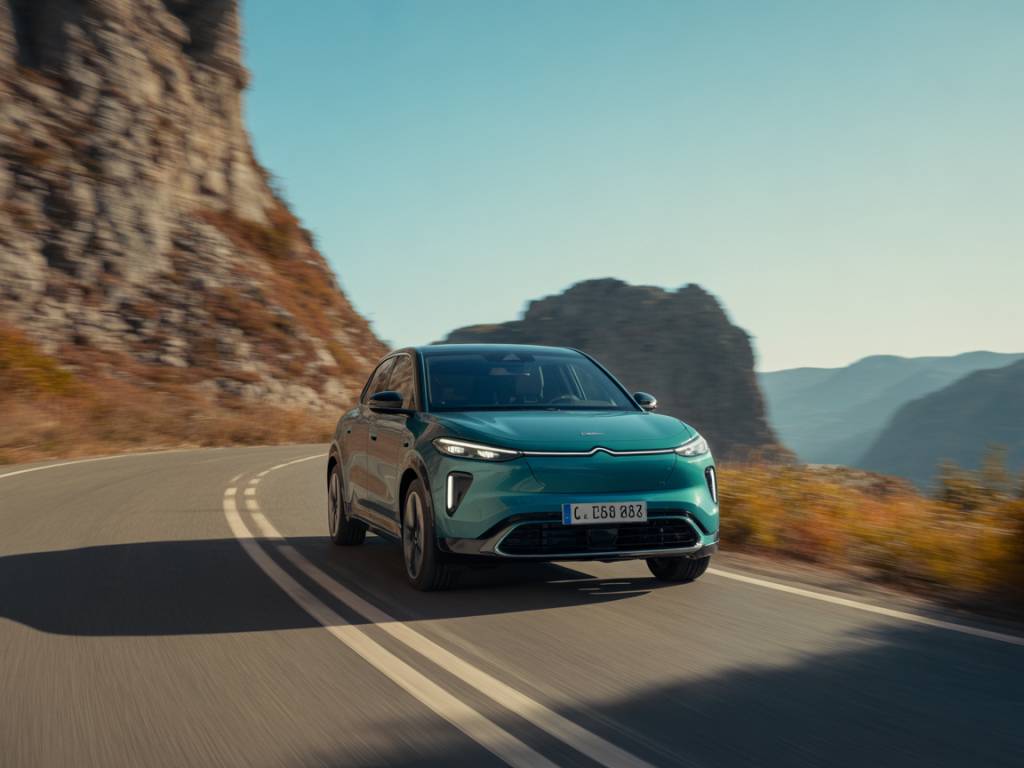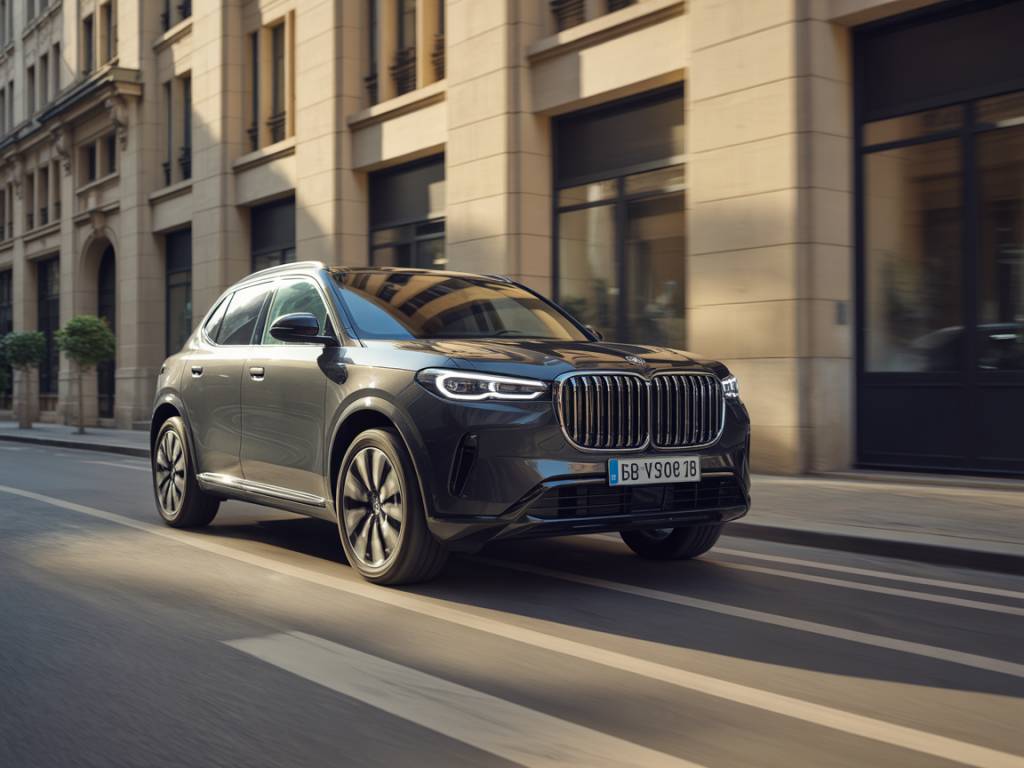Electric Car Financing in 2024: Understand Your Options
The transition to electric vehicles (EVs) is accelerating in 2024, fueled by government incentives, heightened environmental concerns, and technological advancements. However, while the benefits of owning an electric car are numerous—lower running costs, reduced emissions, quieter operation—many buyers still face one major question: how to finance an electric vehicle effectively?
In this comprehensive guide, we’ll explore the available options to finance an electric car in 2024, along with practical tips to help you make informed financial decisions. Whether you’re considering a new or used EV, understanding financing fundamentals can help you optimize your investment.
Buying vs. Leasing an Electric Vehicle
Before exploring the types of auto financing, it’s important to decide whether you’d prefer to buy or lease your electric car. Each option has its own set of pros and cons.
Buying
When you buy an EV, either outright or with the help of a loan, you become its legal owner. This means you build equity over time, and you’re free to keep the vehicle for as long as you want, customize it, or resell it.
Leasing
Leasing, on the other hand, is akin to renting the EV for a set term (typically 24 to 48 months). At the end of the lease, you return the car, unless you choose to buy it. Lease payments are generally lower than loan payments, making leasing appealing for those who want flexibility and the latest technology.
Traditional Auto Loans
Auto loans remain one of the most common ways to finance electric vehicle purchases. In 2024, consumers can obtain financing from various sources, including banks, credit unions, online lenders, and car dealerships.
Here are key factors to consider when choosing a car loan:
- Interest rates: These vary based on your credit score, loan term, and the lending institution. As of 2024, interest rates for auto loans range from around 4% to 8% for borrowers with good to excellent credit.
- Down payment: A down payment reduces the total loan amount and potentially lowers your monthly installments and interest charges.
- Loan terms: Most EV loans range from 36 to 72 months. Longer terms mean lower monthly payments but higher total interest paid.
Some banks and credit unions now offer green auto loans specifically designed for electric or hybrid vehicles, with incentives such as lower interest rates or extended loan terms.
Leasing Programs for Electric Vehicles
Leasing can be an attractive way to drive a new electric car without tying up significant capital. In 2024, many manufacturers and dealers offer competitive EV leasing deals to encourage adoption.
Key benefits of leasing include:
- Lower monthly payments: Compared to financing a purchase, lease payments are typically lower, since you’re paying only for the car’s depreciation during the lease term.
- Flexibility: Leasing allows you to switch to a newer model with better range or features every few years.
- Warranty coverage: Lease terms often coincide with the vehicle’s warranty period, minimizing repair costs.
However, leasing comes with restrictions, including mileage limits and possible penalties for excessive wear and tear.
Government Incentives and Subsidies
Several national and regional governments continue to offer financial incentives for electric vehicle buyers in 2024. These incentives can significantly reduce the cost of purchase or lease and improve financing outcomes.
- Federal tax credits: In the U.S., buyers may be eligible for a federal tax credit of up to $7,500 when purchasing a qualifying new electric vehicle.
- State and local rebates: Additional incentives may be available depending on where you live—ranging from sales tax exemptions to direct rebates.
- Incentive stacking: In some cases, multiple incentives can be combined to lower the effective price.
It’s important to verify the eligibility criteria and interaction between these programs and financing or leasing arrangements. For instance, in lease agreements, the tax credit often goes to the manufacturer or lessor, though they may pass along the savings to the lessee through reduced payments.
Manufacturer Financing Programs
Car manufacturers are increasingly offering their own in-house financing programs for electric vehicles. Often promoted through dealerships, these programs may provide:
- Low or zero-interest financing: For qualifying buyers, these limited-time offers can significantly reduce the cost of borrowing.
- Cashback discounts: Some programs offer cashback incentives that can be applied toward a down payment or reduce the vehicle price.
- Loyalty and conquest bonuses: Discounts for returning customers or those switching from a competitor’s vehicle.
Always compare manufacturer financing offers with traditional loans or third-party financing to ensure you’re getting the best deal.
Personal Loans and Alternative Financing
If you prefer not to use auto-specific loans, a personal loan is another financing path. While generally offering more flexibility, personal loans may come with higher interest rates and stricter credit requirements.
Additionally, new financing options such as car subscription services, where you pay a monthly fee that includes car use, insurance, and maintenance, are gaining traction in 2024. These models provide an all-inclusive alternative, although their cost can be higher than traditional financing in the long run.
Sustainable Banking and Green Financing
The rise of sustainable finance has impacted the automotive loan market as well. In 2024, many eco-conscious lenders offer green loans with eco-incentives when financing low-emission vehicles.
Benefits of green auto loans include:
- Competitive interest rates specifically for electric vehicles
- Reduced or no origination fees
- Partnerships with automakers and government programs to simplify incentive access
Companies like Lightstream, Bank of America, and credit unions with sustainability missions often participate in green financing initiatives.
Tips for Financing Your Electric Car Wisely
To make the most of your EV financing in 2024, consider the following practical tips:
- Understand total cost of ownership (TCO): Factor in electricity costs, charging station installation, insurance, and maintenance—not just the sticker price.
- Improve your credit score: A higher credit score can result in better interest rates and more favorable loan terms.
- Compare multiple financing offers: Don’t settle for the first offer. Shop around and use online comparison tools.
- Negotiate: Interest rates, down payments, and other loan terms can often be negotiated, especially when you have pre-approval or competing quotes.
- Check for hidden fees: Understand the full cost of leasing or borrowing, including early termination fees or mileage overage penalties.
By taking a strategic approach to financing, you’ll not only secure a better deal but also gain confidence in your electric vehicle investment.
Looking Ahead
As electric vehicles become more integrated into the mainstream automotive market, financing structures continue to evolve. Lenders, governments, and manufacturers alike are innovating to support EV adoption through more accessible and appealing financial products.
Whether you’re preparing for your first electric vehicle purchase or planning to upgrade to a newer model in 2024, understanding your financing choices will empower you to make cost-effective and environmentally conscious transportation decisions.



